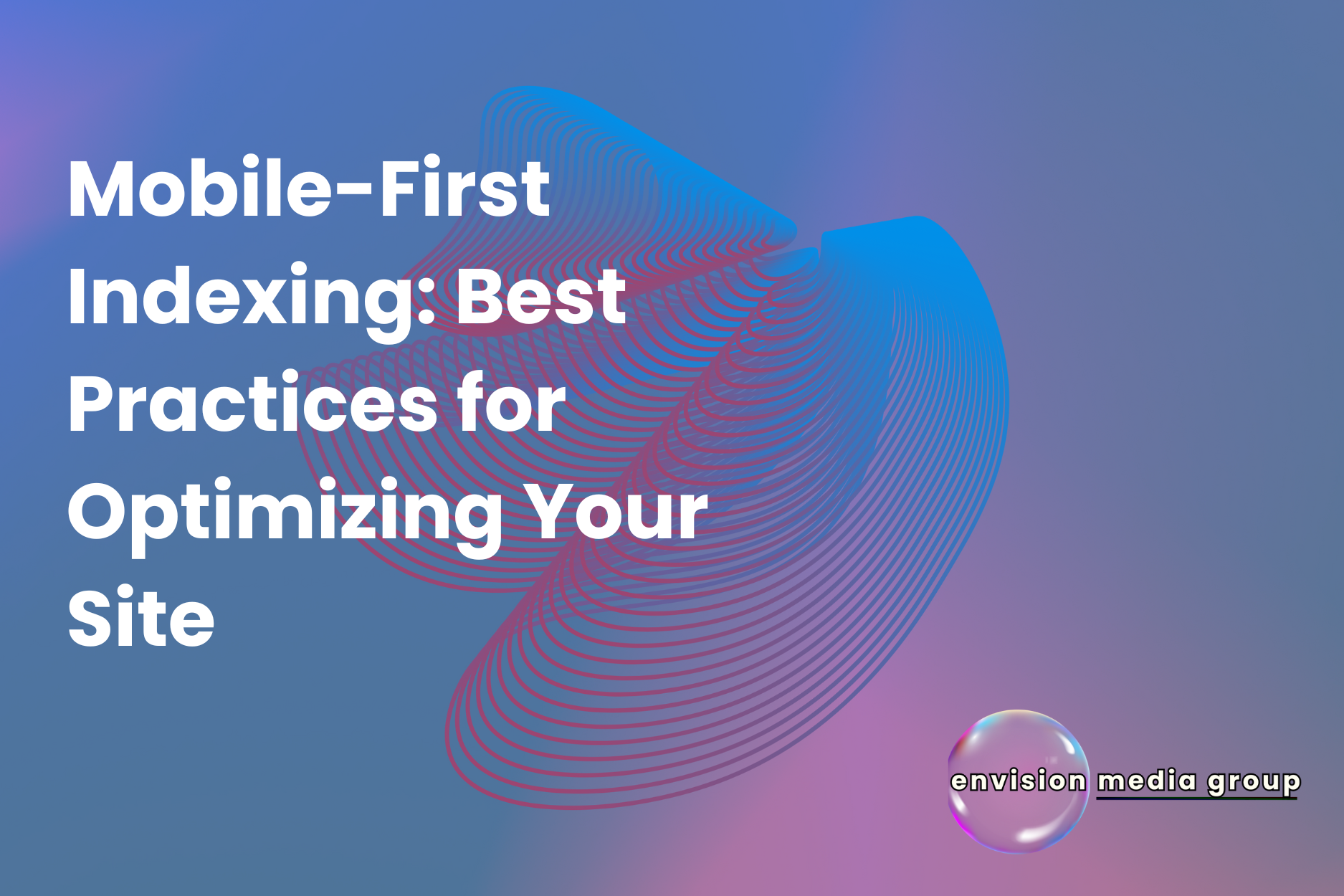Embracing the Mobile Era
The digital landscape is evolving rapidly. Today, more users access the web through mobile devices than desktops. Recognizing this shift, Google introduced mobile-first indexing. But what is mobile-first indexing? And how can you ensure your site ranks well in the google mobile index? Let’s dive in.
Understanding Mobile-First Indexing
Mobile-first indexing means Google predominantly uses the mobile version of your content for web indexing and ranking. Previously, Google indexed the desktop version of a site. Now, the spotlight is on mobile.
Why Mobile-First Indexing Matters in 2023
Mobile first indexing 2023 isn’t just a buzzword. It’s a reflection of user behavior. Most searches now happen on mobile. Google wants to ensure users find content optimized for their devices. So, if you’re not prioritizing mobile, you’re missing out.
Getting Started with Google Mobile Index
Before diving into best practices, let’s understand the google mobile index. It’s the database Google uses for mobile sites. If your site isn’t mobile-friendly, it won’t rank well here. Fortunately, optimizing for mobile-first indexing isn’t rocket science.
Best Practices for Mobile Optimization
- Responsive Design is Key: Ensure your site adjusts to any screen size. This flexibility improves user experience and boosts rankings.
- Prioritize Speed: Mobile users expect fast load times. Compress images and use browser caching. Every second counts.
- Avoid Flash: Many mobile browsers don’t support Flash. Stick to HTML5 for animations.
- Design for Touch: Ensure buttons are large and have ample space. Make navigation easy and intuitive.
Using Mobile Indexing on Google Search Console
The mobile indexing google search console is your best friend. It offers insights into how Google views your mobile site. Here’s how to use it:
- Verify Your Site: Add your site to Google Search Console. This step ensures you receive important notifications.
- Check Mobile Usability: The console highlights issues affecting mobile users. Address these promptly.
- Submit a Sitemap: This map helps Google understand your site structure. It’s crucial for indexing.
Common Mistakes to Avoid
- Blocking CSS, JavaScript, or Images: Google needs these to understand your site. Ensure you’re not blocking any elements.
- Using Unplayable Content: If content doesn’t play on mobile, users will leave. And Google will notice.
- Slow Mobile Pages: Again, speed is crucial. Regularly test your site’s speed and make necessary adjustments.
Preparing for the Future
Mobile-first indexing is here to stay. With the rise of mobile searches, it’s more important than ever to optimize your site. By following these best practices and regularly checking the mobile indexing google search console, you’ll stay ahead of the curve. Remember, a mobile-optimized site isn’t just good for rankings; it offers a better user experience. And in the digital world, the user always comes first. Schedule a consultation with Envision Media Group today.

